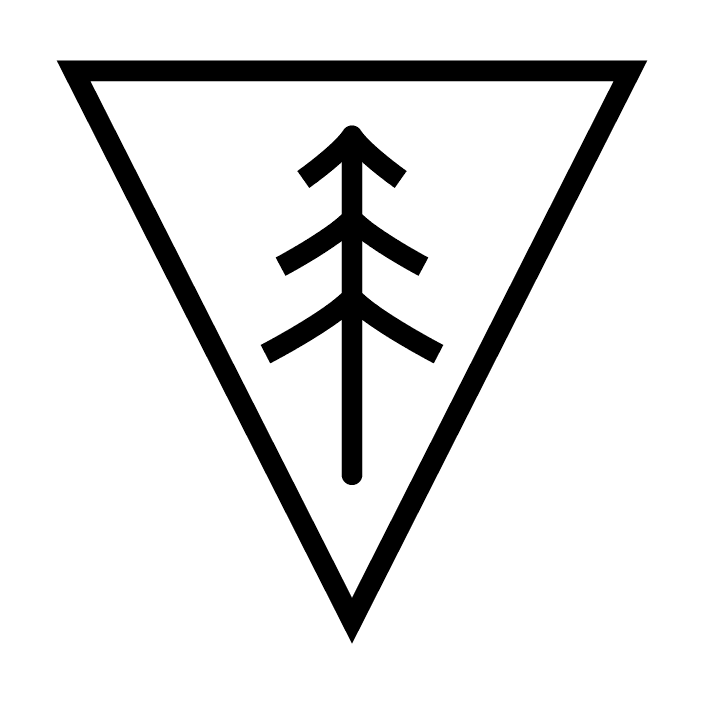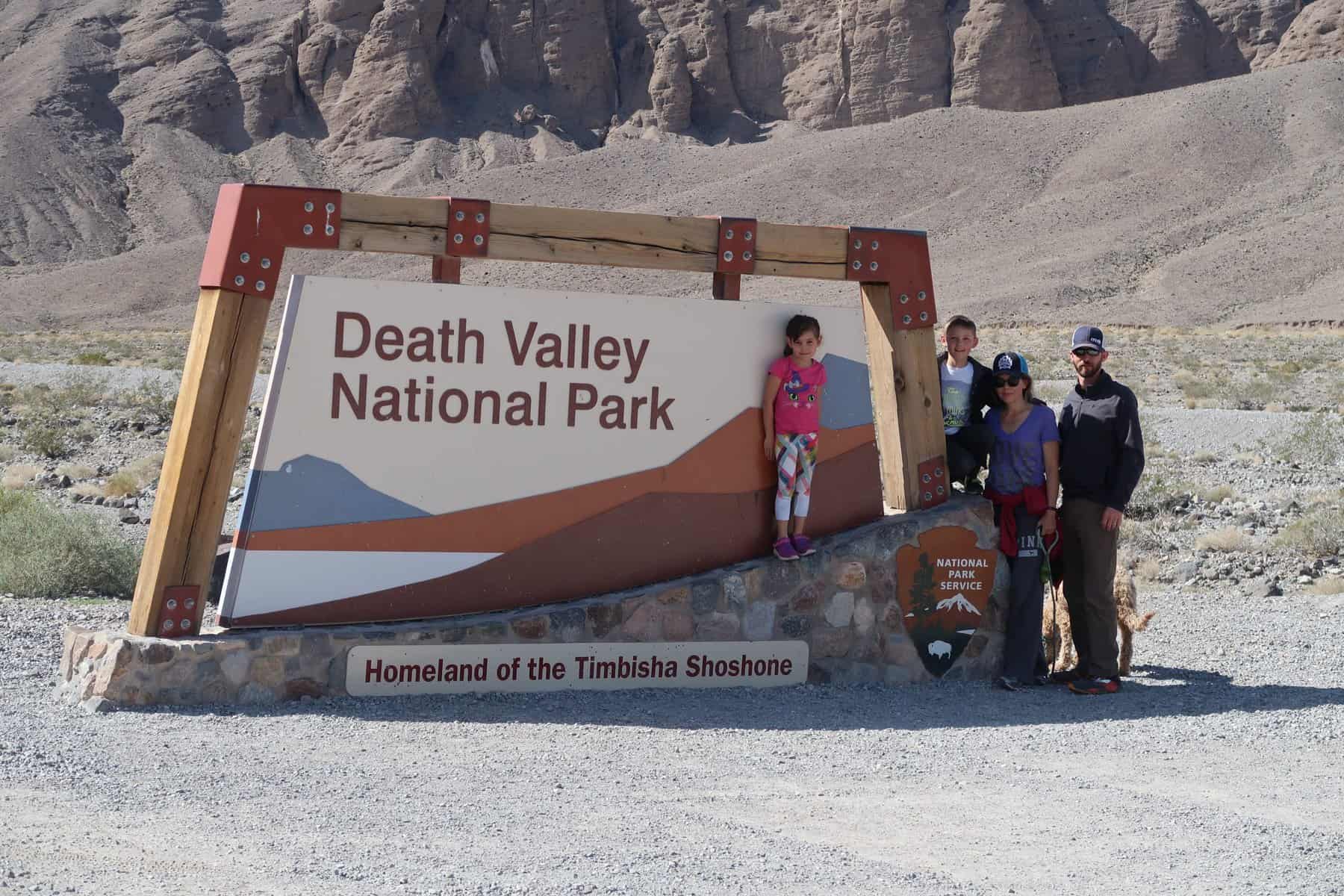Death Valley National Park is one of America’s most unique destinations. Located in southeastern California, this 3.4 million-acre park is known for its extreme temperatures, otherworldly landscapes, and rich history. From sand dunes and salt flats to canyons and mountains, Death Valley offers a diverse range of landscapes to explore. We will provide you with everything you need to plan an unforgettable adventure to this iconic national park!
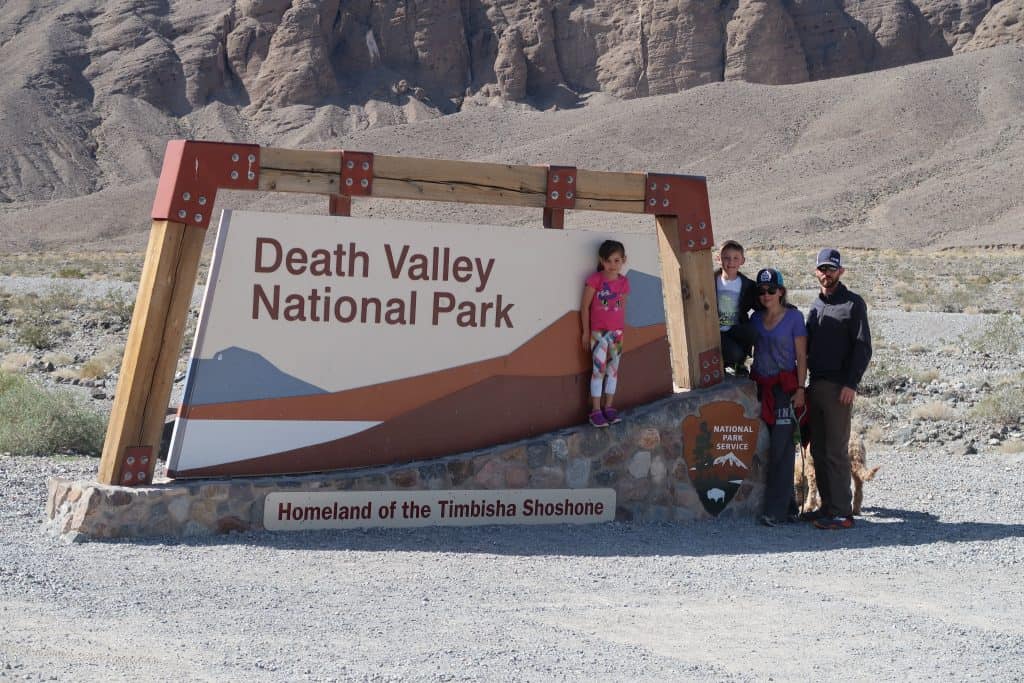
How to Get to Death Valley National Park
Death Valley National Park is located in southeastern California approximately 120 miles northwest of Las Vegas and 300 miles northeast of Los Angeles. The park can be accessed by car via several major highways: US 395, CA 190, and NV 374.
The closest major airport is McCarran International Airport in Las Vegas which is about two hours from the park entrance. Los Angeles International Airport is about five hours from the park. Both airports offer car rentals.
Death Valley National Park is under two hours from Joshua Tree National Park. We suggest that you see them at the same time of year, if possible. Read more about what makes them different so that you can best choose your adventure!
When to Visit Death Valley National Park
The best time to visit Death Valley National Park is during the fall, winter, and early spring. Suring these seasons, temperatures are cooler and more comfortable for outdoor activities. From November to April, temperatures typically range from the 60s to the low 80s. It is often ideal weather for hiking, camping, and sightseeing. However, keep in mind that temperatures can still drop below freezing at night, especially in the higher elevations of the park.
May through October can be extremely hot with daytime temperatures often reaching over 100 degrees. If you plan to visit during the summer, it’s important to take extra precautions such as carrying plenty of water and avoiding outdoor activities during the hottest parts of the day.
For more information and explanation on the heat in Death Valley, read THIS article.
Regions of Death Valley National Park
Death Valley National Park offers an endless array of natural wonders to explore. Since it is so vast, this park can be broken down into several regions:
Furnace Creek
Located in the heart of Death Valley, Furnace Creek is one of the most popular and accessible regions of the park. Here visitors can find a variety of amenities such as lodging, camping, gas, dining, and a golf course. The Furnace Creek Visitor Center is a great place to start your journey. It hosts exhibits on the park’s geology, ecology, and human history.
One of the main attractions in Furnace Creek is Badwater Basin, the lowest point in North America at 282 feet below sea level. Here, visitors can walk out onto the vast salt flats and marvel at the otherworldly landscape. This is a can’t miss experience and is easy and enjoyable for the entire family!
Nearby, the Artist’s Drive offers a scenic drive through colorful canyons and hillsides.
For those looking for a challenge, the 14-mile hike to the summit of Telescope Peak offers stunning views of the surrounding mountains and valleys.
Panamint Springs
Located on the western edge of the park, Panamint Springs is a quieter region of Death Valley. Here, visitors can find lodging, camping, and a general store. There are several hiking trails and backcountry roads.
One of the main attractions in Panamint Springs is Darwin Falls, a hidden oasis nestled in a narrow canyon. The trail to the falls is two-miles round trip.
The nearby Wildrose Charcoal Kilns offer a glimpse into the park’s mining history. It showcases well-preserved stone structures used to produce charcoal for the nearby silver mines.
Stovepipe Wells
Located in the northern part of the park, Stovepipe Wells is another popular destination. Here, visitors can find lodging, camping, and dining options. There are numerous hiking trails and off-road routes in this section of the park.
One of the main attractions in Stovepipe Wells is the Mesquite Flat Sand Dunes. This is a stunning expanse of shifting sand dunes that offer opportunities for hiking, sand sledding, and photography. Be forewarned, you will need to bring your own sand sleds as the park does not sell them.
The nearby Mosaic Canyon also offers a unique hiking experience with towering marble walls and narrow passageways.
For those looking for a serious workout, the hike to the summit of nearby Tucki Mountain is one of Death Valley’s “challenge hikes!”
Scotty’s Castle
Located in the far northern part of the park, Scotty’s Castle is a unique historic attraction that offers a glimpse into the park’s human history. The castle was built in the 1920s by a wealthy Chicago businessman and his eccentric friend who claimed to be a gold miner and explorer.
Visitors can take guided tours of the castle and see its elaborate furnishings, artwork, and mechanical systems. Nearby, the Ubehebe Crater offers a stunning example of volcanic activity in the park. You can view the massive crater and surrounding fields of volcanic ash.
Top Attractions in Death Valley National Park
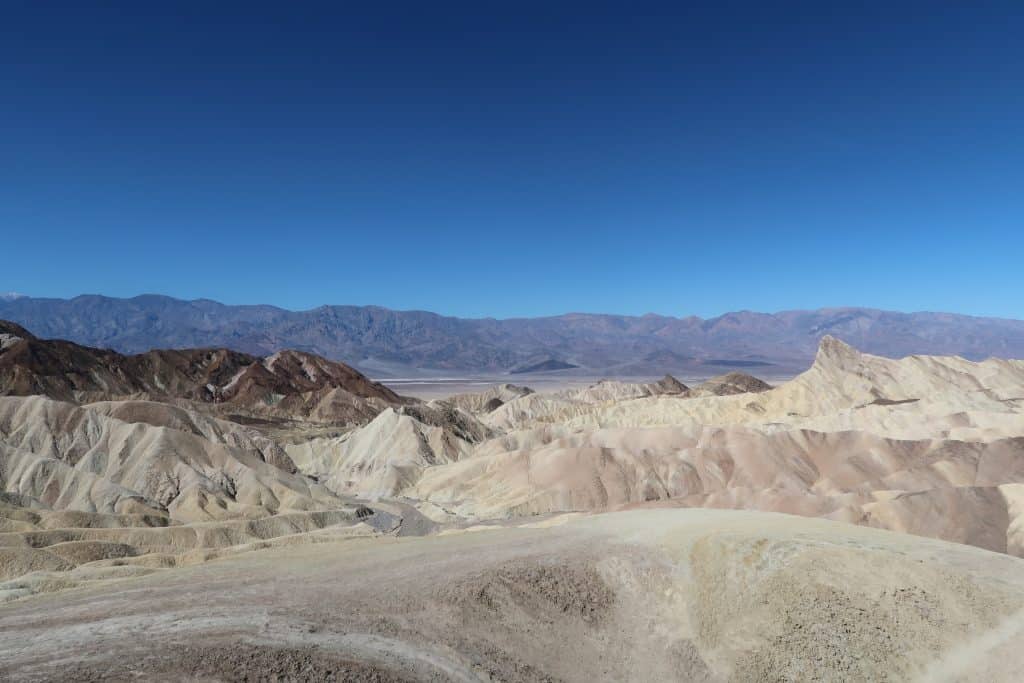
Some of the top attractions to add to your itinerary include:
- Badwater Basin: Located at 282 feet below sea level, Badwater Basin is the lowest point in North America and a must-see destination in Death Valley. The salt flats here stretch for miles and create a surreal landscape.
- Mesquite Flat Sand Dunes: These towering sand dunes are a photographer’s paradise. They’re also a great place to explore on foot or frolic with kids!
- Zabriskie Point: This viewpoint offers one of the best views in Death Valley showcasing sweeping panoramas of the badlands and surrounding mountains. It’s especially beautiful at sunrise and sunset.
- Artist’s Drive: This scenic drive winds through a colorful canyon with hues of red, pink, and purple. It’s a great place to take a drive and stop for photos.
- Ubehebe Crater: This massive volcanic crater is an impressive sight with steep walls and turquoise waters. It’s also a great place to hike and explore.
For more tips on what to do with kids in Death Valley National Park read THIS article.
Where to Stay in Death Valley National Park
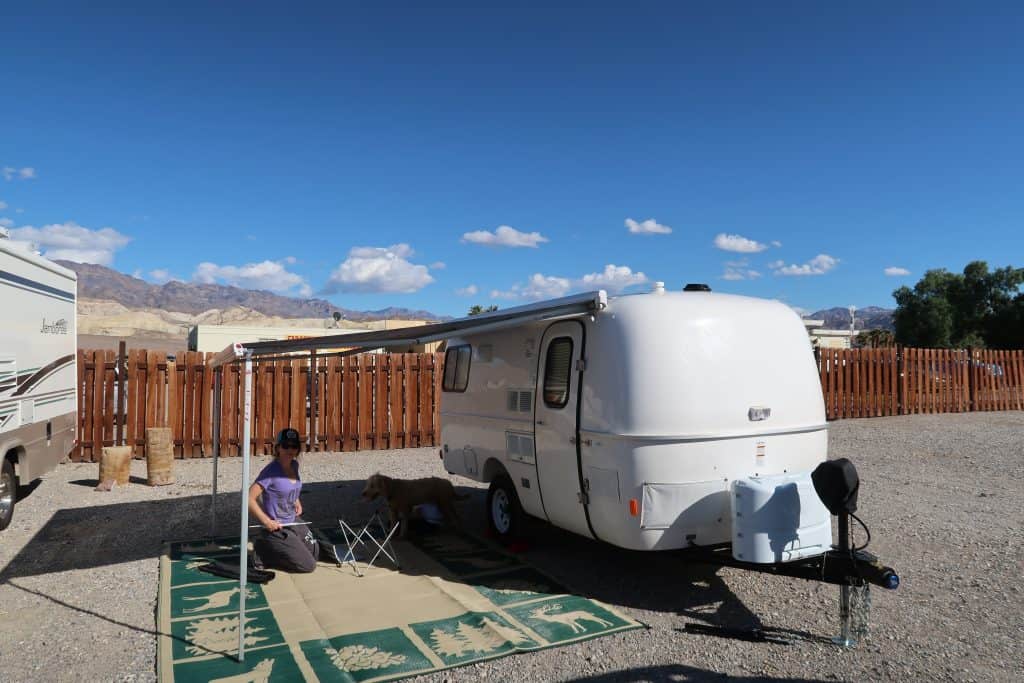
With limited lodging options within the park boundaries, it’s important to plan ahead and book your accommodations early to ensure a comfortable and enjoyable stay. Here are some options for where to stay in Death Valley National Park:
- The Oasis at Death Valley – This luxurious resort is located within the park boundaries and offers rooms, suites, and private casitas. Amenities include a year-round, hot-springs-heated pool, a spa, and several dining options. Click HERE to view or book this beautiful inn! Rates start around $350 per night.
- The Ranch at Death Valley – This is the hub of development in the Furnace Creek area of the Death Valley. The town square with food and shopping options is easily walkable from these rooms which were originally built in the 1950s. There is also a pool and playground for the kids! The Ranch includes standard rooms, deluxe rooms, and cottages. Rates start around $250 per night.
- Fiddlers Campground – This is the concessionaire-run campground adjacent to The Ranch. Rates start at $29 per night. There is water but no dump station. Guests may use the pool at The Ranch, and there are showers available.
- Stovepipe Wells Village – This historic hotel is located near the Mesquite Flat Sand Dunes and offers a range of room options. Amenities include a restaurant, saloon, pool, and gift shop. Rates start around $150 per night.
- Stovepipe Wells Village Campgrounds – Campsites at this location include concessionaire-run RV sites (water and dump station) at $40 per night and a walk-in only NPS-run campground at $14 per night.
- Panamint Springs Resort – Located on the western edge of the park, this rustic resort offers motel rooms, cabins, and private camping sites. Amenities include a restaurant, bar, and general store.
- Furnace Creek Campground – This popular campground is located within the park boundaries and offers tent and RV sites. This is the only NPS-run campground in Death Valley National Park that accepts reservations. Reservations, however, are only available from mid-October through mid-April.
- Wildrose Campground – This smaller campground is located in the Panamint Mountains and offers a more remote camping experience. Amenities include picnic tables and fire rings.
- Mesquite Spring Campground: This campground is located in the northern part of the park and offers 30 sites on a first-come, first-served basis. It’s a great option for those looking to explore the quieter side of the park.
- Sunset Campground: This campground is located near the Stovepipe Wells area of the park and offers 270 sites. It’s a great option for those looking to explore the sand dunes and other nearby attractions.
- Backcountry camping – For those looking for a more adventurous experience, backcountry camping is allowed in designated areas within the park. Permits are required and can be obtained at the visitor center.
When choosing where to stay in Death Valley National Park, it’s important to consider your budget, preferred level of comfort, and desired location within the park. The park is large and can take hours to fully explore by car. Be sure you reserve accommodations closest to your preferred activities.
Regardless of where you choose to stay, be sure to book your accommodations well in advance to ensure availability. Peak season for Death Valley is winter, and the hotel and reservable campgrounds book up far in advance.
In our experience, however, we have been able to find some good rates and availability for late January. Unfortunately, this is before the famous “pup fish” viewing season, but the crowds are lower than December.
Tips for Exploring Death Valley National Park
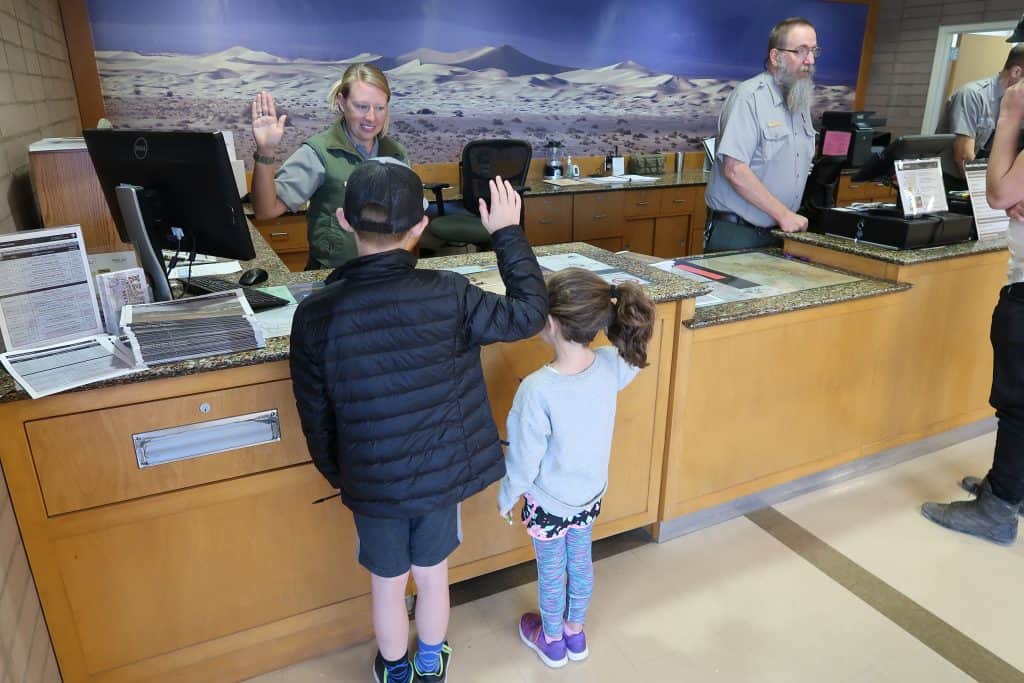
- Carry plenty of water: Death Valley is one of the hottest and driest places on earth, so it’s important to carry plenty of water at all times. The National Park Service recommends carrying at least one gallon of water per person, per day.
- Wear sunscreen and protective clothing: The sun in Death Valley can be intense. It’s important to wear sunscreen and protective clothing such as a hat and long-sleeved shirt.
- Stay on designated trails and roads: It’s important to stay on designated trails and roads in Death Valley to avoid getting lost and finding yourself in a dangerous situation.
- Check weather and road conditions: Death Valley experiences sudden weather changes and flash floods. It’s important to check weather and road conditions before setting out on your adventure. Stop by a ranger station for up-to-date closures and warnings.
- Respect wildlife: Death Valley is home to a variety of wildlife including coyotes, bighorn sheep, and desert tortoises. It’s important to respect these animals and observe them from a safe distance.
For more information on Death Valley’s delicate landscape and conservation efforts, read THIS article.
Death Valley National Park is a truly unique and awe-inspiring destination. Its stunning landscapes and rich history often surprise new visitors to this park.
Whether you’re a seasoned adventurer or a first-time visitor, there’s something for everyone to enjoy in this iconic park. With this comprehensive guide, you’ll be well-prepared to plan your next adventure to this fascinating, unforgettable, and personal favorite destination!
